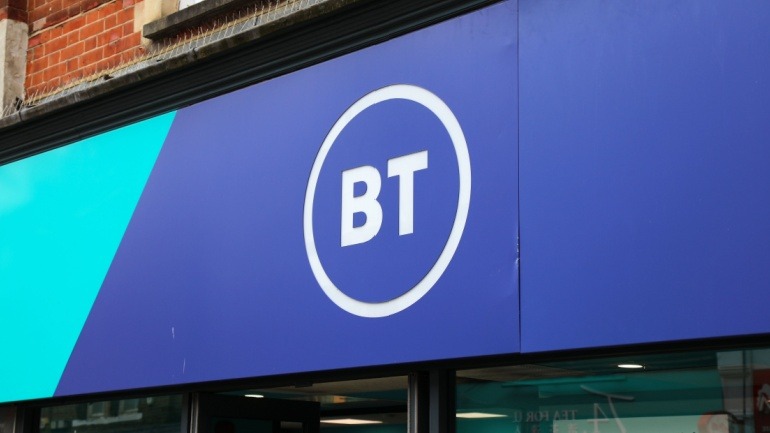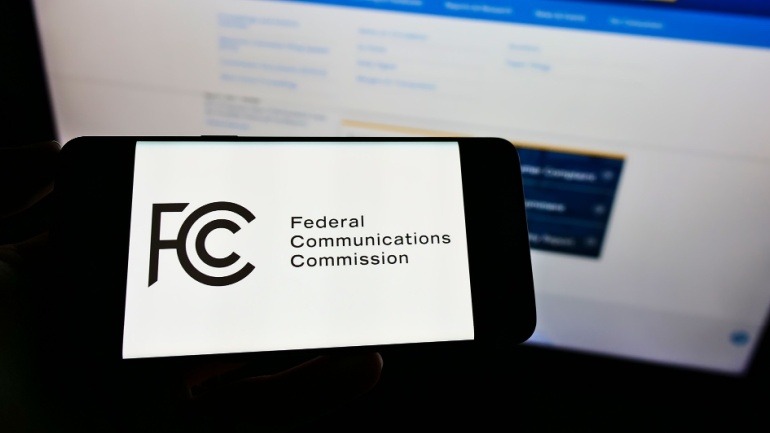Sinch has launched its RCS Business Enablement service, offering telecoms an end-to-end solution to easily launch, operate, and monetize RCS for Business. With features like automated billing, real-time analytics, fraud detection, and global sales support, Sinch simplifies RCS adoption while ensuring security, compliance, and seamless customer engagement.
Anritsu and Ookla have partnered to enhance network performance through real-time visibility for telecom operators. Combining Anritsu’s network monitoring with Ookla’s Downdetector insights, this collaboration enables proactive issue resolution.
Sweden is investigating a potential sabotage of the Cinia C-Lion1 undersea telecom cable. Despite the damage, the link between Finland and Germany remains active.
BuyLocalNumbers.com offers reliable virtual phone numbers with transparent pricing, no activation fees, and unlimited inbound calls. Serving businesses since 2015, they provide SMS-enabled numbers, global coverage in 90+ countries, and advanced features like number porting and call history. A trusted choice for seamless communication and international business expansion.
KDDI has joined the Aduna API joint venture, reinforcing its commitment to open network innovation. Partnering with telecom giants like Vodafone and AT&T, Aduna fosters cross-industry collaboration.
President Donald Trump has nominated Arielle Roth to lead the NTIA, a key agency overseeing broadband policy. A seasoned telecom advisor, Roth has worked with Senator Ted Cruz and Republican FCC Commissioners.
BT’s new CEO, Jon James, is set to transform BT Business with a UK-centric strategy. Previously leading Nuuday’s revival, his expertise in European telecom markets will boost BT’s focus.
Donald Trump has nominated Olivia Trusty for FCC commissioner, praising her dedication to economic growth and innovation. Trusty is expected to work closely with new FCC Chairman Brendan Carr to streamline regulations and expand affordable internet access.
Cerillion, a BSS/OSS-as-a-Service provider, partners with Ucom for a transformative digital upgrade. This collaboration will optimize Ucom’s operations, enhancing their quadruple-play services through Cerillion’s integrated suite.
In a landmark move for UK telecoms, Ofcom introduces regulations mandating clear pricing transparency for telecom services. No more unexpected mid-contract price hikes—providers must now clearly outline price changes.













